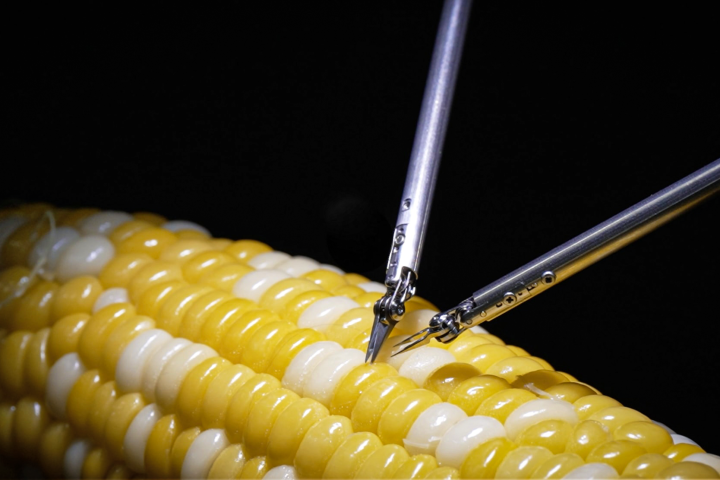Exomars 2018 is now ExoMars 2020 after the Euro-Russian Mars landing mission was officially postponed for two years. The joint ESA/Roscosmos venture has been beset by delays over the past four years and recent setbacks in mission preparations have placed the 2018 launch window out of reach, prompting the rescheduling.
According to ESA, the postponement came at the end of the Joint ExoMars Steering Board (JESB) meeting in Moscow, which received a "Tiger Team" report that was started last year regarding the accumulated delays in Russia and Europe of the scientific mission payload. The JESB concluded that the 2018 launch of the European-made lander atop a Proton rocket from the Baikonur Cosmodrome was no longer feasible and needed to be set back two years.
The reason for the two-year delay is that with current chemical rocket technology missions to the Red Planet must wait until the Earth and Mars are in proper alignment, which occurs between every 18 months and two years, depending on the desired orbital trajectory. Missing that window by even a few weeks means a much longer delay as the planets chase each other around the Sun.
ESA says that the next available launch window will be in July 2020 and that project teams and contractors have been notified about the new schedules. Meanwhile, the mission partners are setting up new controls to keep a tighter rein on the mission.
The now ExoMars 2020 is the follow-on mission for the ExoMars 2016 mission, which launched on March 14 of this year. The purpose of the missions is to act as a technology demonstration for future deep space missions with an emphasis on Russian-European cooperation. The ExoMars 2016 mission consists of an orbiter and atmospheric probe, while the 2020 mission uses a lander/rover for surface exploration of the Martian equatorial region.
Source: ESA





